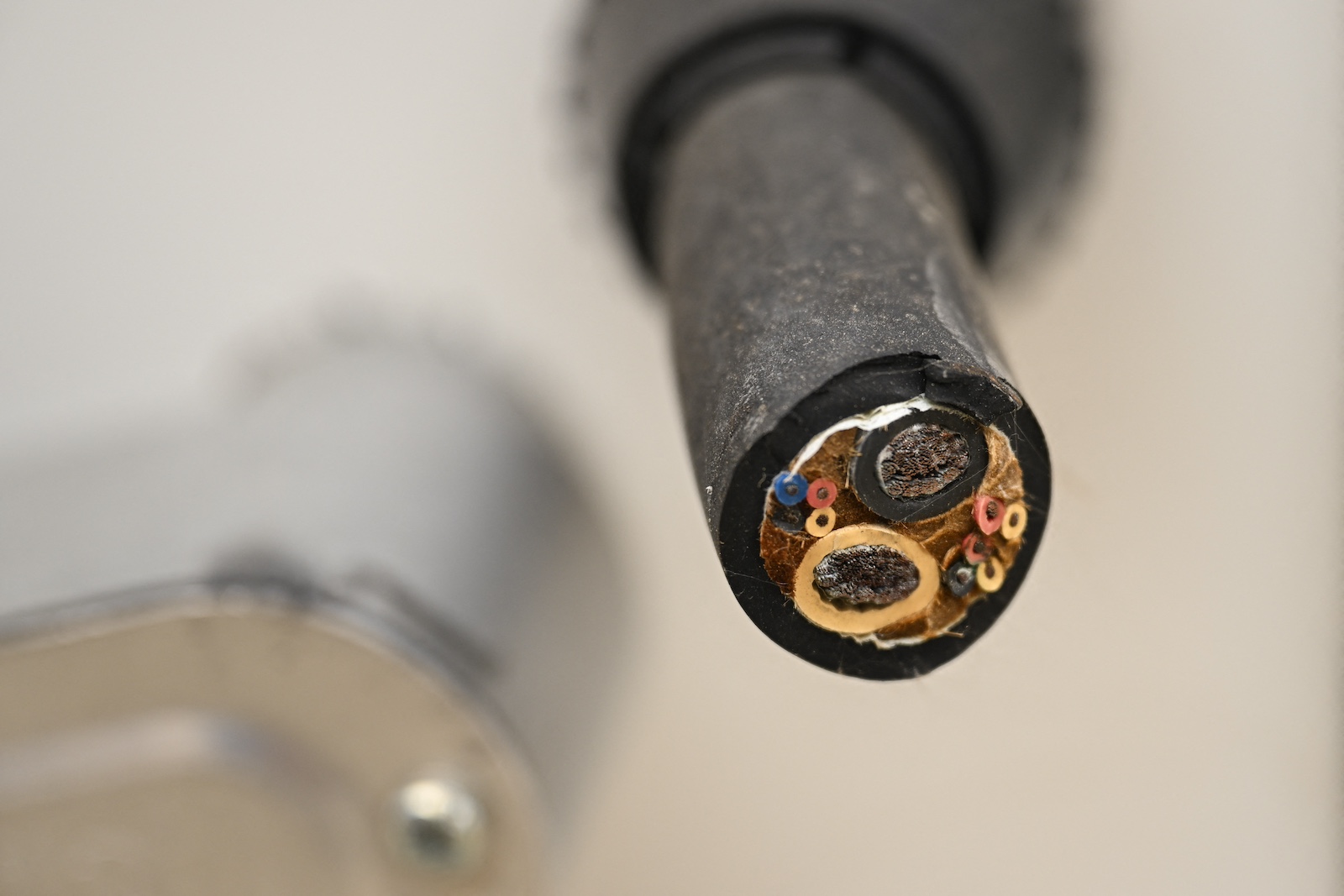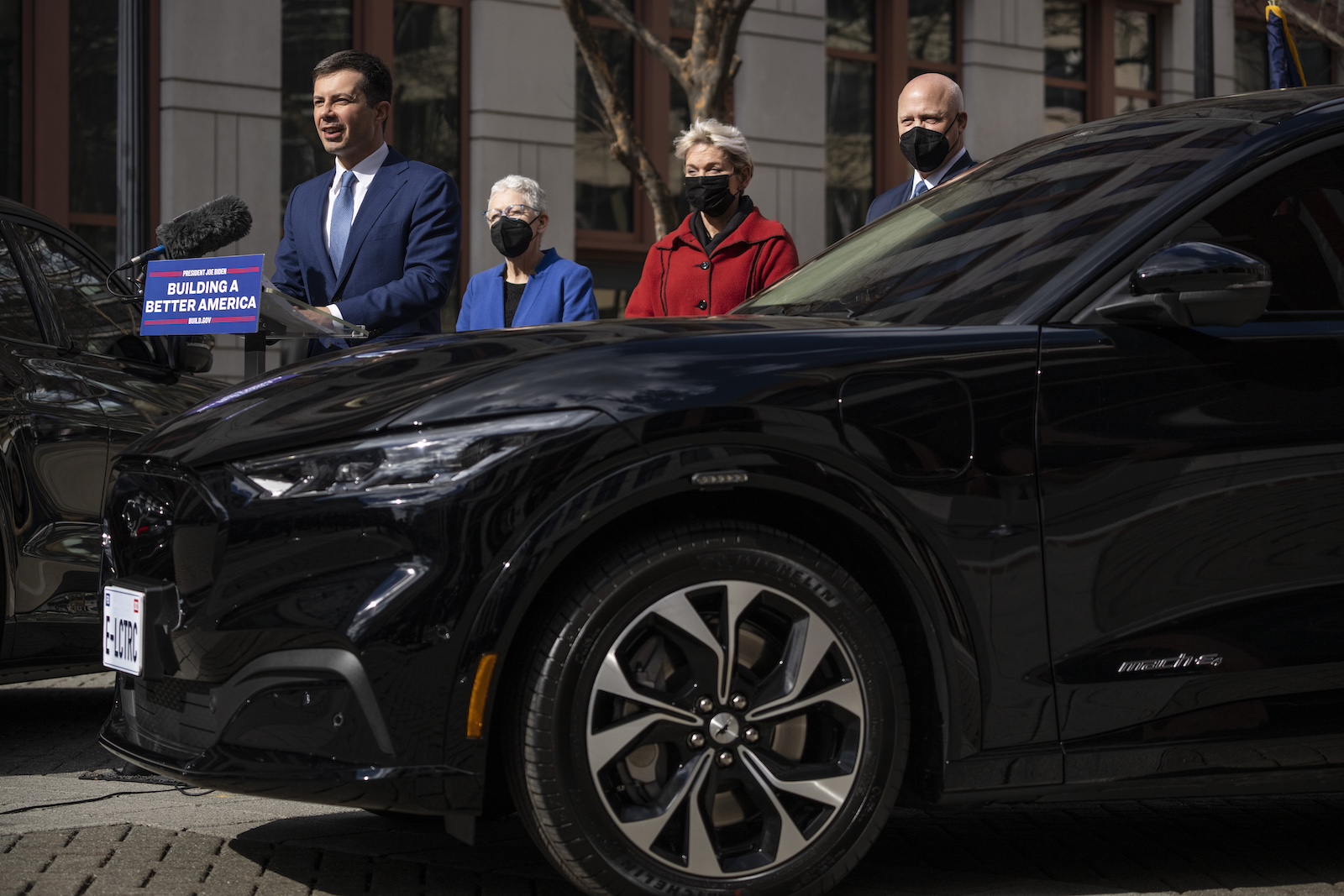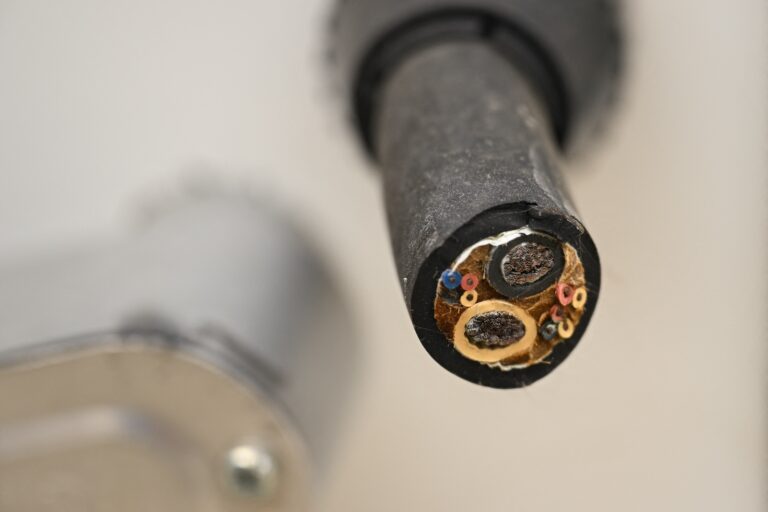Public electric vehicle (EV) chargers are frequently out of service for various reasons. Common issues include bent or broken pins in the connector, malfunctioning payment screens, and internal component failures. Vandalism, like the cutting of charging cables to steal copper wiring, is also an increasing problem. These issues result in approximately 12,000 of the 212,000 public EV chargers across the United States being inoperable.

Some charger downtime is due to scheduled maintenance. However, many chargers are simply broken, and the repairs are not being made. Recognizing this problem, the Biden administration implemented the first federal reliability standards for EV chargers, requiring owners receiving government subsidies to repair broken chargers or risk losing their funding. This effort aimed to improve the reliability of the charging network and make EVs a more viable option for drivers.
However, on February 6th, the Trump administration suspended the Department of Transportation program behind those standards, freezing billions of dollars in unawarded funds intended to bolster the country’s EV charging network. Experts have raised concerns that this funding suspension might be illegal. If the program is permanently reduced or eliminated, fewer chargers will be built along highways, and even more chargers will go without needed repairs.
“There’s a measurable difference in reliability” between chargers built under federal standards and those installed outside the program, according to Bill Ferro, co-founder of the EV charging analytics company Paren. Electrifying the transportation sector, which accounts for about a quarter of global greenhouse gas emissions, is critical to mitigating the worst effects of climate change. For Americans to embrace EVs, having convenient access to charging stations is as vital as the ability to fill a gas tank.
To address this demand, the 2021 bipartisan infrastructure law, enacted by President Biden and Congress, allocated $5 billion to the National Electric Vehicle Infrastructure (NEVI) program. This U.S. Department of Transportation initiative focuses on building a network of public chargers, primarily DC fast chargers that can charge a battery in as little as 30 minutes, along key highway corridors for long-distance travel. States are required to develop and submit EV infrastructure plans to the federal government. Once approved, the Department of Transportation provides funds to states, enabling them to contract with private companies and other entities to construct the chargers.

The NEVI program supported the Biden administration’s goal of establishing a national network of 500,000 public EV chargers by 2030 and facilitating the shift away from gas-powered vehicles.
“This program is really trying to build that fundamental backbone of longer-distance fast charging,” said Beth Hammon, a senior advocate for EV infrastructure at the Natural Resources Defense Council.
However, installing a large number of chargers is meaningless if they are not operational. The EV charging industry has faced challenges in this area, which is where NEVI’s charger reliability standards become important. Chargers funded by NEVI must meet a 97% “uptime” requirement, meaning the charger can only be offline for 11 days per year (with exceptions for natural disasters and vandalism). Depending on contract terms, states may withhold upcoming maintenance money if a company fails to meet this requirement.
Early data shows that NEVI-funded charging stations, of which just 60 are currently open, score about 10 points higher than non-NEVI-funded ones on Paren’s reliability metric, which gives charge-point operators a grade out of 100. The score assesses the success of a customer’s first attempt to charge their car successfully.
According to Matt Noble, Oregon Department of Transportation spokesperson, the program’s 97% uptime requirement is “very important” for keeping chargers functioning. The Oregon Department of Transportation is continuing to advance its NEVI program with over $26.1 million in funding that the state has already allocated.
Outside of NEVI’s current network, the reliability of EV chargers varies significantly. Tesla, which controls about half of all DC fast chargers in the country and is the second-largest recipient of NEVI funds, is widely recognized for having the most reliable charging network. Ferro notes that Tesla consistently scores well on Paren’s reliability metric.
“Love or hate Tesla, the charging experience is very successful,” said Dan Bowermaster, the senior program area manager of electric transportation at the clean energy research firm EPRI. Tesla’s integrated approach to operating from manufacturing cars to supplying charging stations is a key part of its success and why it dominates the U.S. EV market.

Tesla maintains its chargers and the data it collects from drivers, which helps with maintenance. Non-Tesla charging networks apply differing amounts of resources to maintaining and repairing equipment. Some have repair and renewal programs, while others contract maintenance to third-party specialists.
A wide range of other entities, including utilities, municipalities, and commercial businesses, install and maintain public chargers. When a business installs chargers, it is generally up to the site owner to manage the maintenance. If station operators fail to plan for maintenance, chargers may break down. Some businesses may fail to renew maintenance contracts. Some early charger manufacturers have gone out of business, while others have stopped making parts for older chargers.
The NEVI program, which began in 2022 and continues through 2026, has allocated about $3.3 billion to states. However, due to delays, only $616 million has been awarded for building over 1,000 charging sites with over 4,500 individual charge ports.
Since the Biden administration’s climate programs were established, Trump has frozen “obligated” spending related to projects funded by the bipartisan infrastructure law and the 2022 Inflation Reduction Act. While some legal experts believe the funding freeze is illegal, the freeze threatens climate and infrastructure projects nationwide. It appears that the government will continue to honor current contracts, and the freeze will not affect payments for projects already underway.

However, more than $2.6 billion in funds that states have not awarded in contracts now appear frozen. The Federal Highway Administration informed states that their plans to spend NEVI funds are being scrapped. New guidance is being developed, and there is no timeline for when the guidance will be finalized. Legal experts believe that freezing NEVI’s unspent funds is illegal due to the President lacking the constitutional authority to interfere with spending approved by Congress. Implementation and enforcement of the NEVI program may become greatly delayed or even halted.
Hammon expressed concern that the funding freeze is an indefinite interruption to the momentum of growth that the NEVI program was building. Overhauling the rules underpinning the program could delay installations and diminish EV charger deployment in states that were initially less supportive of the initiative. Some states have been committed to building more chargers with or without federal funding. The decision made by the Trump administration to pause this program could hinder critical progress in expanding the EV charging infrastructure.



